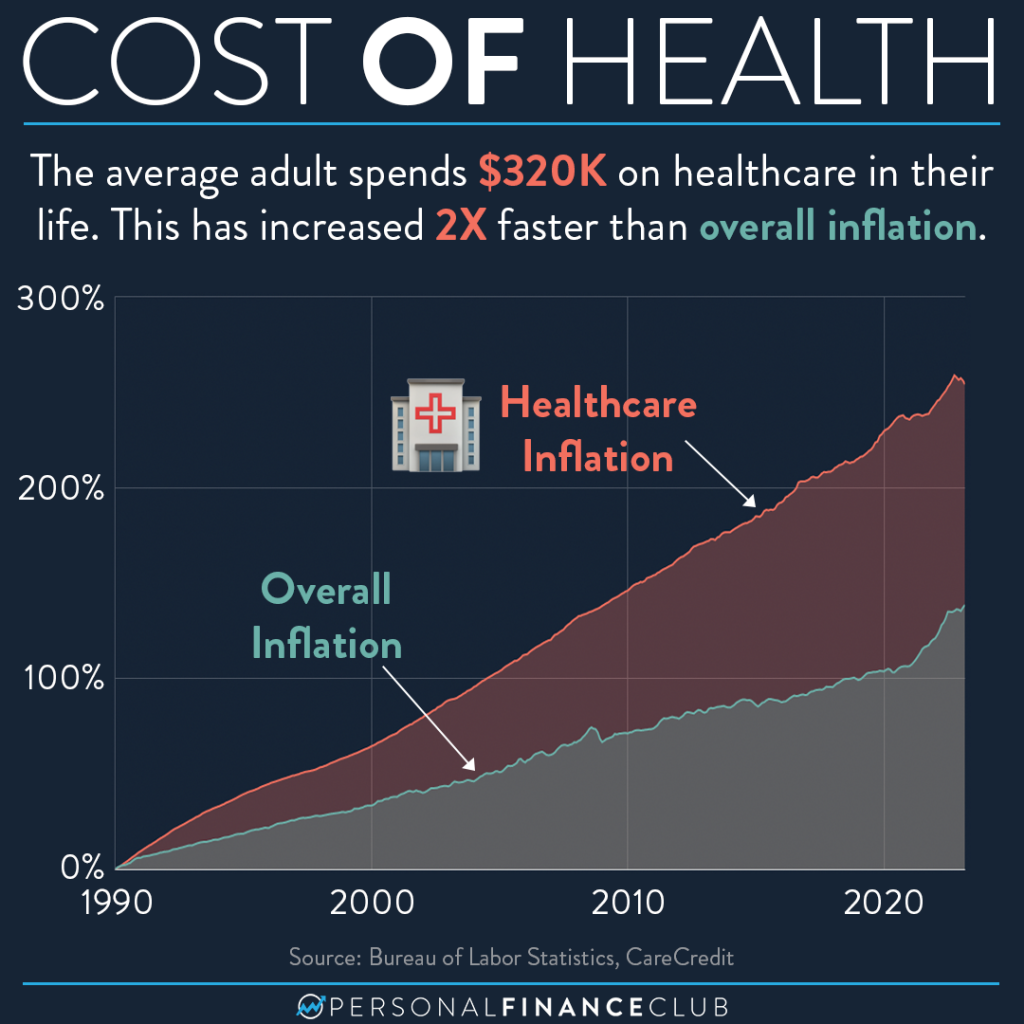Comprehensive Healthcare RCM for Improving Person Invoicing and Payments
Comprehensive Healthcare RCM for Improving Person Invoicing and Payments
Blog Article
A Comprehensive Guide on How Health Care RCM Works to Simplify Payment and Collections
Browsing the intricacies of healthcare earnings cycle management (RCM) is important for suppliers aiming to improve their payment and collections procedures. The guide unpacks the details of RCM, from patient enrollment to accounts receivable administration, providing insights into optimizing each action. Integrating sophisticated innovation and standard procedures can significantly minimize insurance claim rejections and speed up settlement cycles. Yet, real difficulty lies in seamlessly combining these components to enhance cash money circulation. As we check out the core parts and methods that drive performance, one question stays: exactly how can healthcare entities finest position themselves to prosper economically in an ever-evolving industry?
Recognizing Income Cycle Monitoring
RCM is an important management function that encompasses the entire financial process of patient care, from the preliminary consultation establishing to the final settlement of the equilibrium. It is an intricate treatment developed to recognize, gather, and take care of the income from the services supplied to individuals.
The RCM procedure begins when a person timetables an appointment and expands through the client's treatment trip, including payment and collections. An essential goal is to lower the time in between getting and offering a service settlement, therefore improving the organization's economic wellness. RCM includes numerous features such as patient registration, insurance verification, cost capture, coding, declares submission, settlement uploading, and dealing with allures and rejections.
Trick Parts of RCM
In the world of Income Cycle Management (RCM), recognizing its vital components is essential to attaining economic efficiency within medical care organizations. RCM is a thorough process that incorporates numerous phases, each critical to ensuring efficient payment and collections. The primary parts include individual registration, insurance verification, fee capture, coding, claim submission, payment uploading, and balance due administration.


When coded, insurance claims are submitted to payers, where precision is extremely important to prevent delays or rejections - Healthcare RCM. Repayment publishing includes taping the received repayments, which permits for the settlement of accounts. Last but not least, accounts receivable administration concentrates on monitoring and resolving overdue insurance claims, ensuring prompt follow-up and resolution
Each part of RCM is interconnected, and ineffectiveness in any type of part can interrupt the entire cycle. For that reason, understanding these elements is necessary for doctor to optimize earnings and improve their monetary wellness.
Techniques for Reliable Invoicing

Standardizing payment procedures across the company is one more vital technique. Establishing clear standards for paperwork, coding, and submission aids keep consistency and conformity with regulatory requirements. Educating staff on a regular basis on these procedures guarantees every person is current with the most recent changes in payment codes and payer policies.
Exact cost capture is vital in avoiding revenue leak. Executing routine audits and tracking systems permits the identification and modification of inconsistencies before they affect income. Furthermore, preserving open lines of communication with payers helps to rapidly fix any kind of conflicts or misconceptions that might develop.

Finally, interesting patients early in the billing procedure by giving clear quotes and academic materials about their monetary duties can significantly reduce complication and enhance payment timeliness. These strategies jointly add to an extra reliable and monetarily healthy and balanced billing system.
Enhancing Collections Procedures
A durable collections procedure is essential for preserving monetary stability within health care organizations. Offered the complexities of medical billing and the selection of payer needs, improving the collections process involves carrying out strategic measures that make certain timely and exact settlement of solutions made. Central to this is the usage of technology to automate and improve procedures, improving and lowering hands-on mistakes effectiveness. Automation tools can assist in tracking claim standings, sending prompt tips to people, and handling denials better.
Clear and clear individual interactions are essential. Providing detailed descriptions of costs and using flexible payment plans can enhance client contentment and punctual repayments.
Regular audits of the collections process must be carried out to identify locations for renovation and make sure conformity with regulations. By examining data, healthcare companies can recognize fads, expect prospective problems, and adapt methods appropriately (Healthcare RCM). Eventually, a well-enhanced collections procedure not only sustains economic wellness but additionally adds to a more smooth experience for clients and team alike
Optimizing Earnings Streams
Structure upon the foundation of a strong collections procedure, medical care companies can additionally reinforce their financial stability by tactically enhancing profits streams. This entails a multi-faceted strategy, beginning with an extensive analysis of existing profits sources to recognize inadequacies and locations for growth. visit this site right here Employing innovative data analytics tools makes it possible for companies to get understandings right into payer mix, individual demographics, and service utilization patterns, enabling for data-driven choices that improve revenue capture.
Implementing automated billing systems can dramatically lower mistakes and expedite claims processing, guaranteeing that earnings is gathered more effectively. Furthermore, enhancing payer contracts with normal settlements can boost repayment prices and terms, directly influencing the lower line. Branching out service offerings, such as including telehealth or health care, can additionally bring in a broader patient base, hence increasing income potential.
One more crucial component is boosting individual involvement and satisfaction, as satisfied patients are more likely to stick to therapy plans and make timely repayments. Offering versatile repayment alternatives and transparent billing techniques can boost collections and foster person loyalty. Healthcare RCM. By embracing these methods, medical care organizations can produce a more resilient monetary structure, making sure sustained growth and stability in an ever-changing industry landscape
Verdict
In conclusion, healthcare Income Cycle Monitoring (RCM) plays a crucial function in maximizing payment and collections procedures by integrating crucial components such as individual enrollment, insurance coverage verification, fee capture, coding, important source declares submission, and balance due administration. By utilizing sophisticated technology, systematizing treatments, and cultivating client engagement, medical care service providers can substantially minimize case denials, accelerate payment cycles, and enhance cash money circulation. This thorough strategy to RCM eventually causes enhanced monetary effectiveness and sustainability for medical care organizations.
The RCM procedure begins when a client schedules an appointment and prolongs through the client's treatment journey, consisting of invoicing and collections.Another essential element is boosting individual involvement and complete satisfaction, as pleased individuals are much more most likely to adhere to treatment plans and make prompt repayments. Supplying versatile settlement choices and clear payment techniques can boost collections and foster anonymous individual commitment.In final thought, health care Profits Cycle Management (RCM) plays a crucial duty in enhancing billing and collections processes by incorporating essential components such as client registration, insurance confirmation, fee capture, coding, asserts entry, and accounts receivable administration. By employing sophisticated modern technology, systematizing treatments, and fostering person involvement, health care service providers can considerably minimize case rejections, speed up settlement cycles, and enhance cash money flow.
Report this page